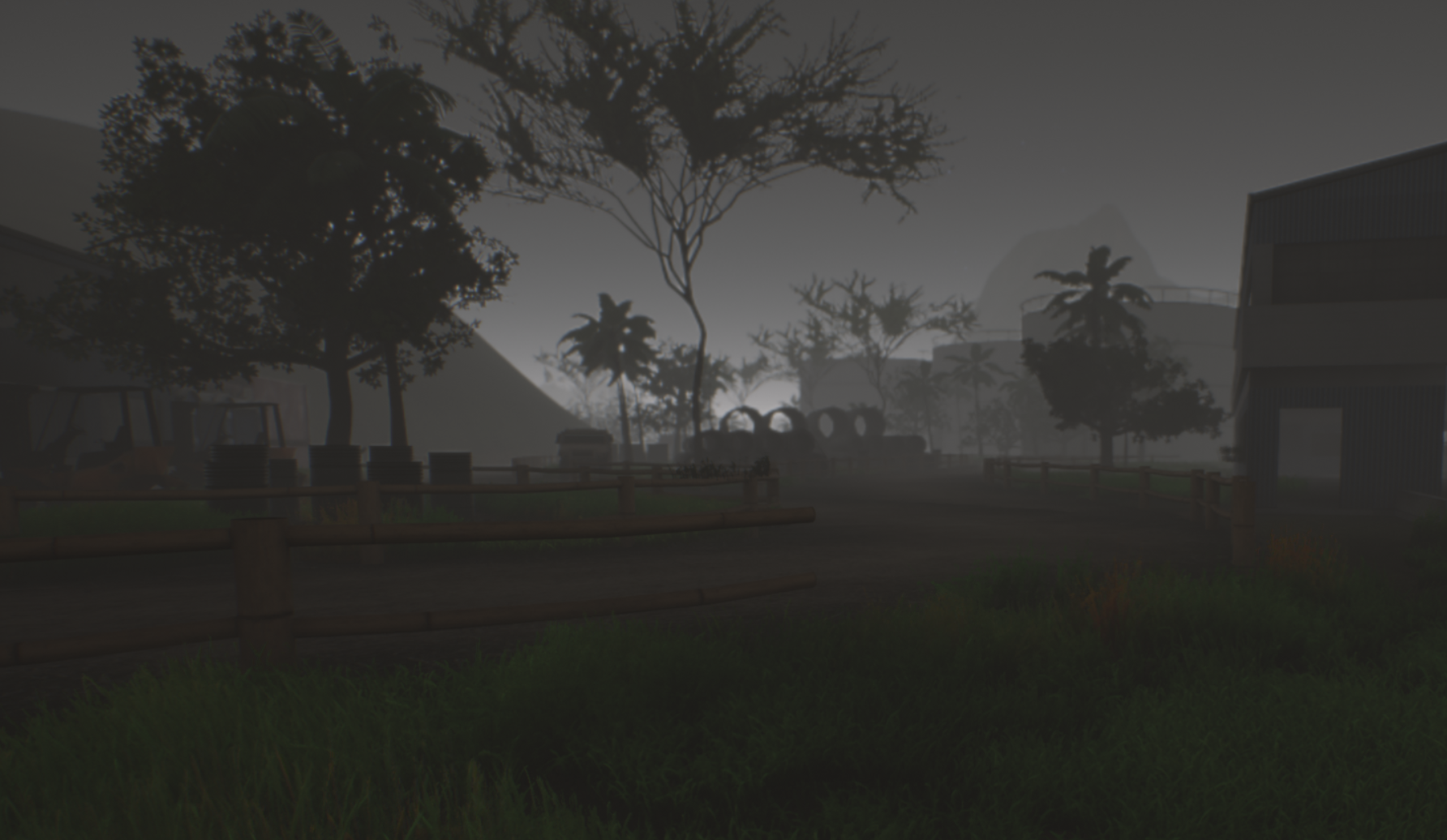

THE BEHIND THE BEYOND FULL
“So, we went with a full digital solution. The grey motion suit worn by actors on set We tried to do it in camera using a built suit, but it wasn’t achieving the look we wanted, and the actors felt uncomfortable in the suit. On the challenges of the Human 2.0 scenesĭulull says, “The Human 2.0 scenes were the most challenging because they had to look photo-real. “Things like the Human 2.0, I sent out to the two VFX facilities, which had a lot of animation and CGI rendering capabilities. I handled things like compositing all the space shots and the spheres.” By planning ahead, Dulull says, he was able to handle a lot of the VFX during filming and editing, rather than in post-production. “Although I handled a big portion of the VFX myself, I enlisted the help of two VFX facilities-Filmmore and Squint VFX-as well as a team of trusted VFX ninjas I have collaborated with in the past, including John Sellings, Aleksandr Uusmees, Andrea Tedeschi, and a lovely team in Malaysia too.


“One cheat was to use various CGI techniques and front digital projection to play back into the camera to create a documentary, voyeuristic look, as opposed to flashy, glossy CGI seen in superhero films,” Dulull says. His aim was to push boundaries and focus on scientific themes, while still satisfying the expectations of today’s moviegoers. “Above all, it kept the whole film as grounded as possible.”īoth budget and stylistic approach can make VFX tricky-and it was no different with THE BEYOND, says Dulull.

THE BEHIND THE BEYOND HOW TO
Not only does this style reduce budgets, but it also allowed me to be clever on how to frame the shots-creatively putting the audience right into the action and its environment, leading to a more intimate experience with the characters and story. “Scenes throughout the film are designed to give the impression that its constructed from multiple sources (similar to the ‘found footage’ genre but pushed to another level). “The candid interview-style and the fly-on-the-wall approach to capturing the performances was a way for me to present the format with realism while being set against a sci-fi background of advanced technology and space exploration. “THE BEYOND is presented in a raw, grounded, voyeuristic style, often seen in modern documentary films,” says Dulull. I spent a year on the script and then raised the finances personally, gathered a team, mostly talented people I had worked with on my short films.”Ī look at the white room where a lot of the initial shots were captured “I took back the rights and redeveloped it. Ultimately, Dulull decided not to re-option the project. “Studios were not keen on taking risks with someone who just had done short films,” Dulull explains. I didn’t have the patience for that.”Īnother challenge-being a first-time director in the eyes of many people. But as with a lot of film development, you can sometimes go though a cycle of years of development. “This was great, as I learned so much from working with the executives and producers. “I worked on the feature film development of PROJECT KRONOS for several years,” says Dulull. In the case of PROJECT KRONOS, a lot had to do with the time involved. Many optioned projects never make it to the big screen, for many reasons. The journey from optioned piece to finished film is notoriously bumpy. On how PROJECT KRONOS turned into THE BEYOND


 0 kommentar(er)
0 kommentar(er)
